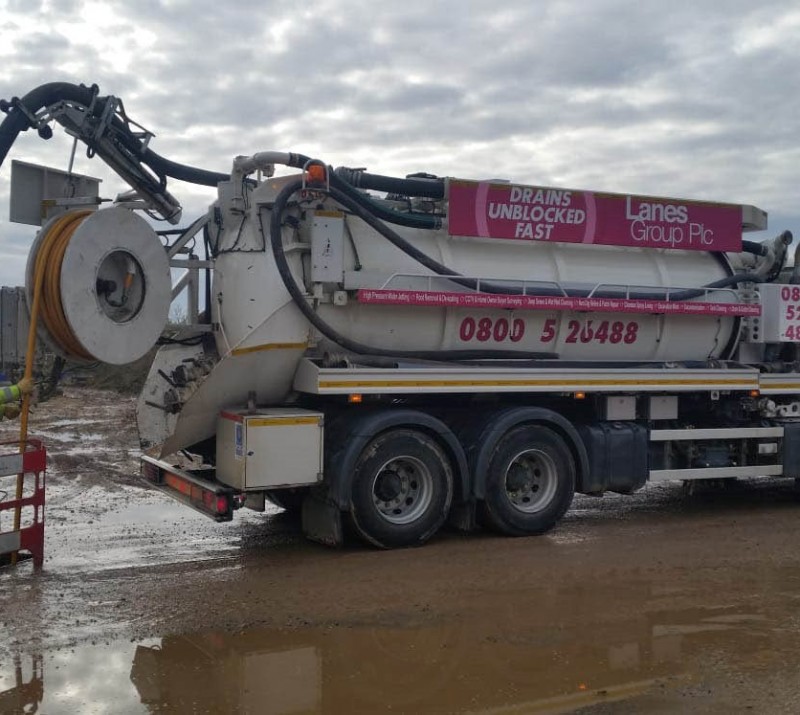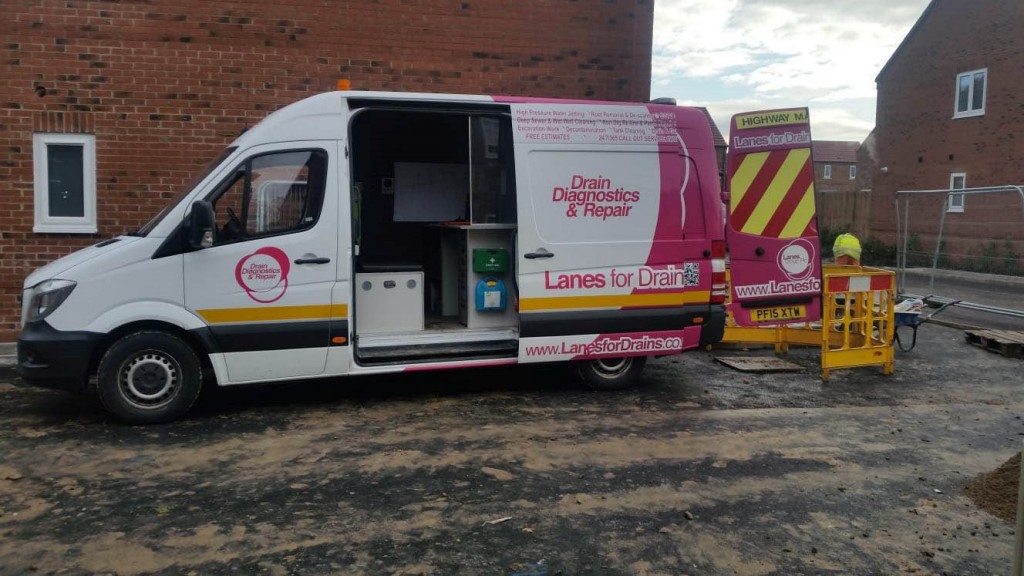CCTV surveys pave way for new homes drainage handover

Drainage engineers from Lanes Group plc have been supporting housing developers across Teesside in preparing new drains to be integrated into the sewer system.
Teams based at the Lanes depot at Stockton-on-Tees are working for construction companies to make sure sewers built on new housing estates are fit to meet requirements of a Section 104 Agreement.
Section 104 of the Water Industry Act 1991 defines an agreement between developers and local water companies for new or modified sewers to be adopted within the main sewerage system.
It details the process developers must go through to ensure the design, quality and condition of new pipes are of a sufficient standard for water companies to agree to ‘adopt’ them into the main sewerage system.
Doug Meynell, Area Development Manager for the Lanes Stockton depot, said: “Our drainage engineers have been working for housing developers across the region.
“A number of large housing development schemes are underway right now on Teesside. As each construction phase comes to an end, we’re called in to clean and survey the new sewer systems.”

Areas Lanes drainage teams have worked in to carry out these pre-adoption surveys include Rowan Garth, in Redcar, Ingleby Barwick, Darlington, Wynyard, near Wolviston, and Billingham.
Sewer pipes are among the first structures to be built on new housing estates, so they must be among the last to be checked, when all main construction activity is completed.
Lanes teams use jet vac tankers are cleaning sewer pipes with water jets, then carry out CCTV surveys using robotic crawler cameras and push rod camera systems.
The surveys capture HD-quality video footage of the pipes, clearly showing their condition. An accompanying report provides an accurate plan of the pipe system and identifies remedial work, if it is needed.
Doug Meynell said: “New pipes can become filled with debris or concrete during site construction. They can also be cracked of joints can be displaced by the weight of heavy construction vehicles being driven over them. In some cases, our surveys identify pipes that have been installed incorrectly.
“Our drainage expertise, combined with our understanding of the survey data required for Section 104 Agreements, help ensure these preadoption surveys are completed efficiently and effectively.”
Key issues water companies consider during the Section 104 approval process include: the presence of blockage debris, structural cracking in pipes, ensuring manhole covers are set level with roadways or pavements, ensuring manholes are built correctly using the right materials, and that manhole benching is completed to a high standard.
Lanes can quickly deploy a full range of no-dig pipe repair and rehabilitation techniques to bring pipework up to Section 104 Agreement standard.
These may include installation of full pipe liners or smaller remote structural repairs, known as patch liners, though some water companies require whole lengths of pipe between manholes to be lined if defects are found. If necessary, Lanes can also excavate and replace damaged sections of pipe.







